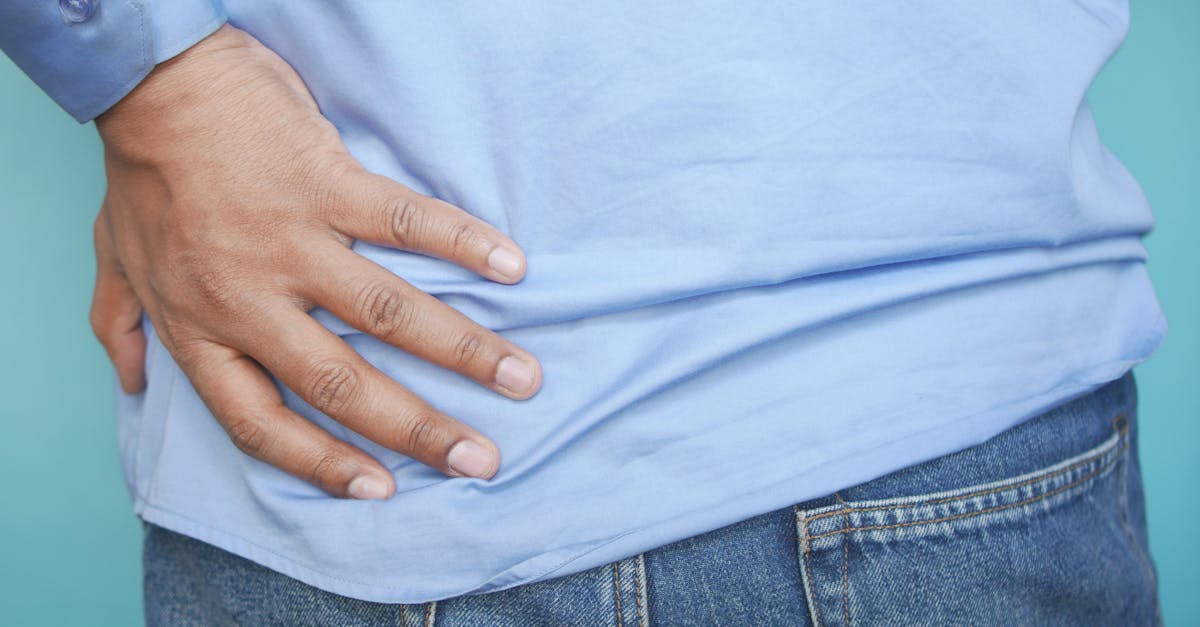Cycling and Hip Flexors: A Comprehensive Guide
Unveiling the Secrets of Hip Flexors for Cyclists

Cycling: Unlock the Power of Your Hip Flexors
Cycling is a fantastic way to improve your cardiovascular health, build strength, and explore the outdoors. However, if you’re not careful, it can also lead to pain and discomfort in your hip flexors. Your hip flexors are a group of muscles responsible for lifting your thigh towards your body. They are essential for cycling and many other activities. But if they are tight or weak, they can cause pain in the front of your hip or groin. Whether you’re a seasoned cyclist or just starting out, understanding the role of your hip flexors will play a crucial role in enhancing your cycling experience and preventing any discomfort.
In this comprehensive guide, we will delve into the anatomy and function of the hip flexors and common issues cyclists face. We’ll explore effective prevention strategies and management techniques for existing hip flexor issues. Additionally, we’ll discuss special considerations for cyclists with chronic problems, ensuring a smooth ride every time you hit the road.
1. Understanding the Role of Hip Flexors in Cycling
Understanding the Role of Hip Flexors in Cycling
Your hip flexors are a group of muscles that work together to lift your thigh toward your body. They play a crucial role in cycling, as they are responsible for the upward motion of your leg during the pedal stroke. The primary hip flexor muscles involved in cycling include the iliacus, psoas major, and rectus femoris.
The iliacus and psoas major are deep muscles located at the front of your hip. They originate from your pelvis and insert into your femur (thigh bone). The rectus femoris is a superficial muscle that runs along the front of your thigh. It originates from your pelvis and inserts into your kneecap.
When you cycle, your hip flexors contract to lift your thigh toward your body. This action is essential for generating power and maintaining a smooth pedal stroke. Strong hip flexors can help you climb hills more efficiently and improve your overall cycling performance. However, if your hip flexors are weak or tight, you may experience pain and discomfort while cycling.
2. Common Hip Flexor Issues for Cyclists

Common Hip Flexor Issues for Cyclists
Hip flexor pain is a common complaint among cyclists. The repetitive motion of cycling can put a lot of stress on these muscles, leading to strains, tears, and other injuries. Some of the most common hip flexor issues cyclists face include:
- Muscle strains: A muscle strain is a tear in the muscle fibers. It can be caused by overexertion or a sudden forceful movement. Muscle strains in the hip flexors can range from mild to severe.
- Tendonitis: Tendonitis is the inflammation of a tendon, which is the tissue that connects muscle to bone. It can be caused by overuse or repetitive motions. Tendonitis in the hip flexors can cause pain, swelling, and stiffness.
- Hip impingement: Hip impingement occurs when the bones of the hip joint rub against each other. This can cause pain, stiffness, and a catching sensation in the hip. Cyclists who have a bony prominence on their femur (thigh bone) are more likely to develop hip impingement.
These are just a few of the hip flexor issues that cyclists may encounter. If you are experiencing pain in your hip or groin while cycling, it is important to see a doctor to get a proper diagnosis and treatment plan.
3. Prevention Strategies for Healthy Hip Flexors
Prevention Strategies for Healthy Hip Flexors
Preventing hip flexor problems is key to enjoying a pain-free cycling experience. Here are some practical tips for cyclists to keep their hip flexors healthy:
- Proper bike fit: A proper bike fit is essential for preventing hip flexor pain. Your bike should be adjusted so that your knees are slightly bent when the pedals are at the bottom of the stroke. This will help to reduce stress on your hip flexors.
- Stretching: Stretching your hip flexors regularly can help to improve their flexibility and range of motion. This will help to prevent them from becoming tight and painful. Some good hip flexor stretches include the kneeling hip flexor stretch, the standing quad stretch, and the seated hip flexor stretch. Hold each stretch for 30 seconds and repeat 2-3 times.
- Strengthening exercises: Strengthening your hip flexors can help to improve their strength and endurance. This will help to protect them from injury. Some good hip flexor strengthening exercises include the hip flexor bridge, the leg raise, and the weighted hip flexor march. Perform 2-3 sets of each exercise, with 10-12 repetitions in each set.
By following these prevention strategies, cyclists can help to keep their hip flexors healthy and pain-free.
4. Management Techniques for Existing Hip Flexor Issues

Management Techniques for Existing Hip Flexor Issues
If you are experiencing hip flexor pain, there are a number of things you can do to manage the pain and speed up the healing process. Some effective management techniques include:
- Rest: One of the best things you can do for a sore hip flexor is to rest it. This will give the muscles time to heal and recover. Avoid activities that aggravate your pain, such as cycling or running.
- Ice: Ice can help to reduce pain and inflammation. Apply an ice pack to your hip flexor for 15-20 minutes at a time, several times a day.
- Physical therapy: Physical therapy can help to improve the flexibility and strength of your hip flexors. A physical therapist can also teach you exercises to help prevent future injuries.
- Alternative therapies: Some alternative therapies, such as acupuncture and massage therapy, may also be helpful in relieving hip flexor pain. These therapies can help to improve circulation and reduce muscle tension.
If your hip flexor pain is severe or does not improve with home treatment, you should see a doctor. Your doctor may recommend further treatment options, such as corticosteroid injections or surgery.
5. Additional Considerations for Cyclists with Hip Flexor Issues
Additional Considerations for Cyclists with Hip Flexor Issues
For cyclists with chronic hip flexor problems, there are some additional considerations to keep in mind. These include:
- Modifying training plans: If you have chronic hip flexor pain, you may need to modify your training plan to reduce the stress on your hip flexors. This may mean reducing the intensity or duration of your rides, or taking more rest days.
- Seeking professional medical advice: If your hip flexor pain is severe or does not improve with home treatment, you should see a doctor. Your doctor may recommend further treatment options, such as corticosteroid injections or surgery. They can also help you to develop a personalized treatment plan that is right for you.
By following these additional considerations, cyclists with chronic hip flexor problems can continue to enjoy cycling while managing their pain.
Quiz
1. Which of the following is NOT a common hip flexor issue experienced by cyclists?
(a) Muscle strains (b) Tendonitis (c) Shin splints
2. True or False: Hip flexors play a crucial role in the upward motion of the leg during the pedal stroke.
(a) True (b) False
3. Which of the following is a good hip flexor stretching exercise?
(a) Kneeling hip flexor stretch (b) Bicep curl (c) Calf stretch
4. True or False: If hip flexor pain is severe or does not improve with home treatment, it is advisable to seek professional medical advice.
(a) True (b) False
5. Which of the following is a modification cyclists with chronic hip flexor problems may need to make to their training plan?
(a) Increase training intensity (b) Reduce training intensity or duration (c) Eliminate rest days
Answer Key
- (c)
- (a)
- (a)
- (a)
- (b)
